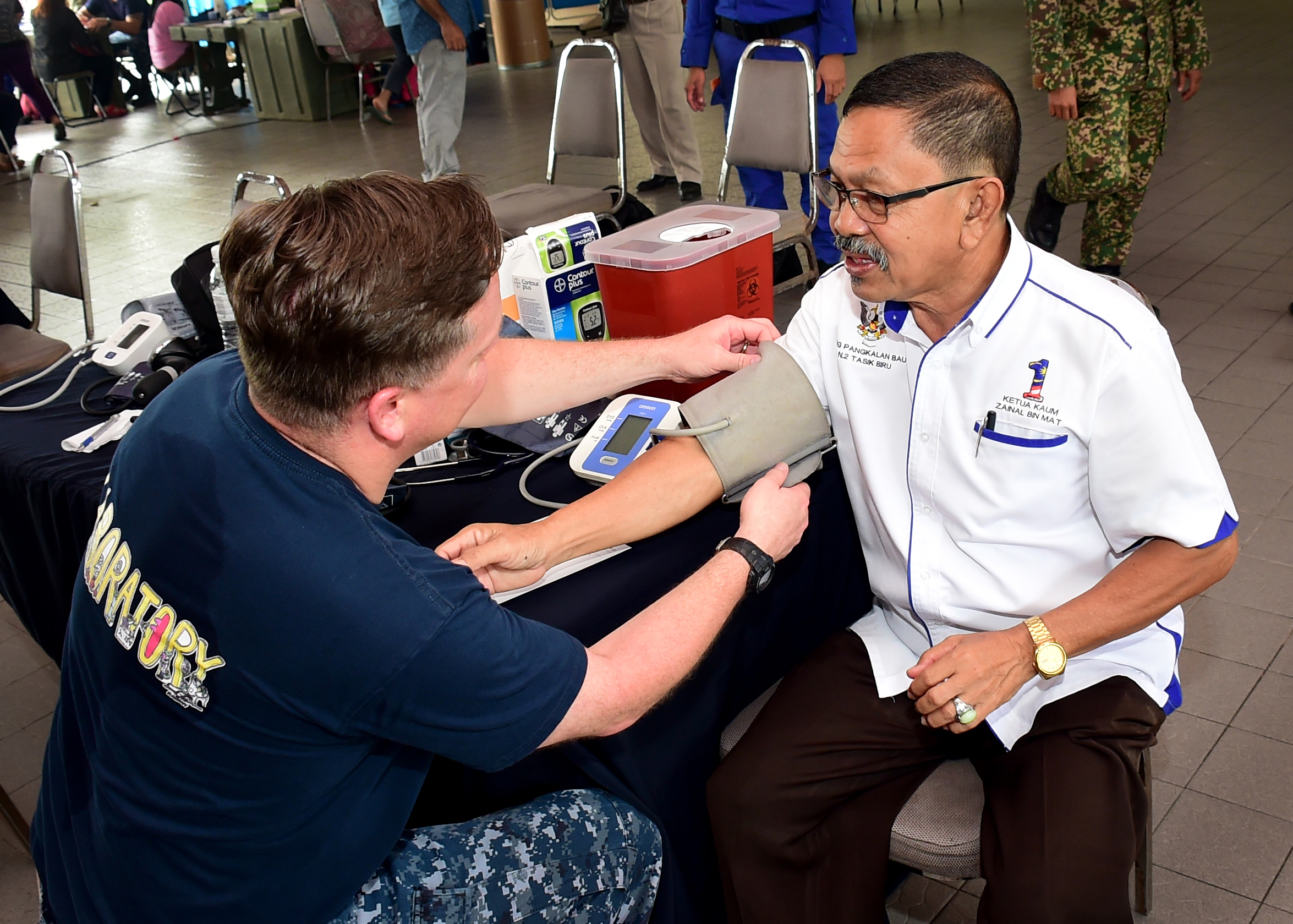Blood pressure checks are a cornerstone of doctor visits. Prior to any appointment, a nurse or physician’s assistant will undoubtedly ask you to roll up your sleeve to accommodate that infamous, ever-shrinking inflatable cuff. Millions of people accept the resulting information with no questions asked, but what does your blood pressure reading really mean, and what can it tell you about your health?
A typical blood pressure reading consists of one number over a second number, written like a mathematical fraction. The first number, called systolic pressure, reveals the amount of pressure against the artery walls when the heart muscle contracts to pump blood. The second number, referred to as the diastolic pressure, conveys the amount of arterial pressure when the heart muscle relaxes between beats. A healthy measurement reflects a systolic pressure between 90 and 120 mm Hg and a diastolic pressure between 60 and 80 mm Hg (mercury). Thus, for example, a healthy individual might have a blood pressure of 107/75 at a given moment.
Image Source: Kevin C Moore
When systolic, diastolic, or both pressure values exceed the healthy range, some intervention may be necessary. The first sign of high blood pressure, clinically referred to as prehypertension, occurs at a systolic pressure between 120 to 139 mm Hg and/or a diastolic pressure of 80 to 89 mm Hg. Prehypertension does not typically require medication, but dietary and exercise adjustments are recommended to prevent further progression to stage one hypertension.
Hypertension, more commonly known as high blood pressure, is characterized by consistently elevated blood pressure levels over time. In terms of wellness, hypertension often precedes or coincides with increased heart attack and stroke risk, so managing blood pressure is important. Minimizing salt intake, participating in regular physical activity, and taking prescription diuretics encompasses the standard treatment for hypertension, but other medications are also available.
Low blood pressure, or hypotension, can also pose health risks. Although not necessarily medically concerning, accidents resulting from associated dizziness and fainting could certainly be dangerous. Short-term dehydration accounts for many cases of hypotension, and some people have regularly low readings with no symptoms. However, if you feel weak or consistently fatigued, hypotension may signal a more serious condition.
The next time you go for a check-up, take note of your blood pressure reading—those two simple numbers can tell you a lot about the overall condition of your physical health.
Feature Image Source: 170421-N-QV906-066: by U.S. Pacific Fleet










